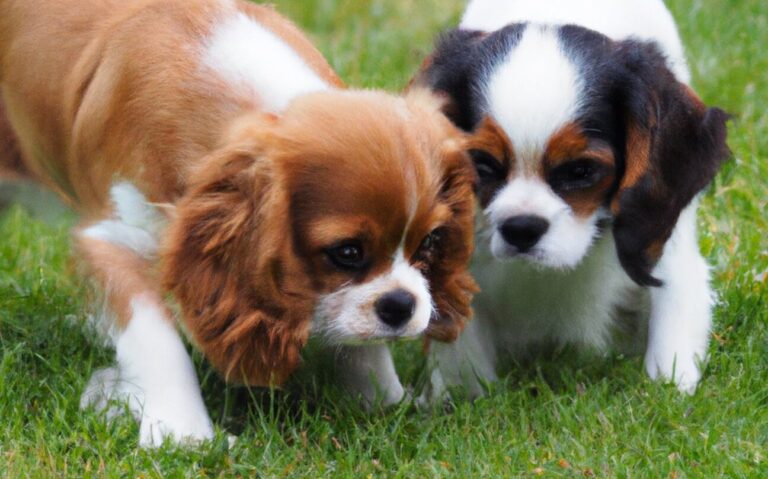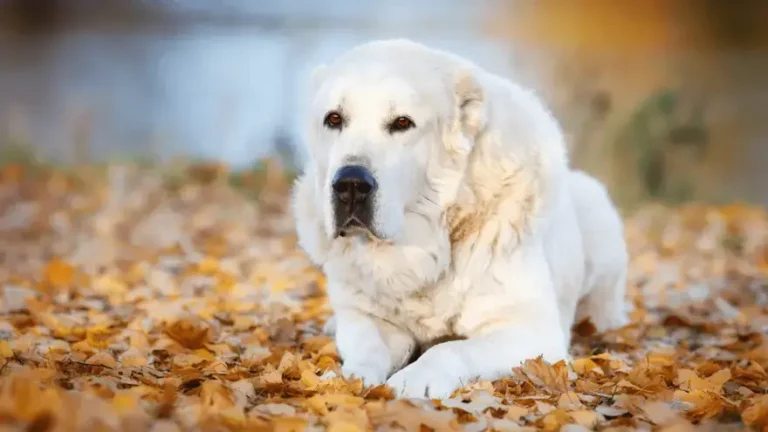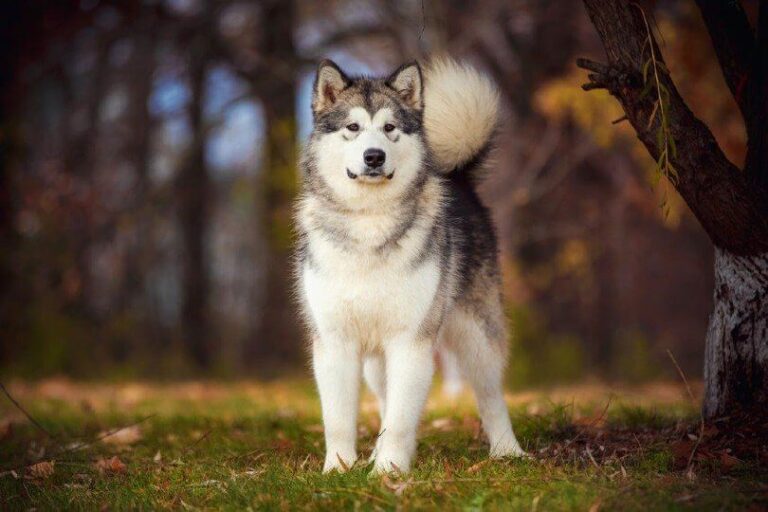The Ultimate Guide to Tibetan Mastiffs: Majestic Guardians of the Himalayas
The Tibetan Mastiff, known as the “Do-Khyi” in its native Tibet, is a breed of ancient lineage. Renowned for their imposing size and majestic appearance, these dogs have a rich history as protectors of livestock and property in the harsh climates of the Himalayan region. They are not just any dogs; they are symbols of status and guardianship.
Contents
- 1 Historical Significance and Origin
- 2 Unique Characteristics of the Breed
- 3 Tibetan Mastiff Physical Attributes
- 4 Temperament and Behavior of Tibetan Mastiffs
- 5 Caring for a Tibetan Mastiff
- 6 Tibetan Mastiff Puppies
- 7 Adopting a Tibetan Mastiff
- 8 Tibetan Mastiff Dog Price and Cost of Ownership
- 9 Tibetan Mastiff vs. Siberian Mastiff: A Comparative Guide
- 10 The Tibetan Mastiff in Popular Culture
Historical Significance and Origin
The Tibetan Mastiff dates back thousands of years and is believed to be one of the progenitors of all mastiff breeds. These dogs were highly valued by nomadic cultures in Tibet, Nepal, and India for their ability to fend off predators like wolves and leopards. Their robust build and thick double coat enabled them to thrive in the freezing conditions of the Himalayas.
Unique Characteristics of the Breed

Tibetan Mastiffs are distinguished by their immense size, thick fur, and lion-like mane. They are known for their independent and somewhat aloof nature, which can make them seem reserved around strangers. However, their loyalty and protective instincts towards their family are unparalleled.
Tibetan Mastiff Physical Attributes
Size and Appearance
Tibetan Mastiffs are among the largest dog breeds, with males standing at 26-30 inches tall and weighing between 90-150 pounds, while females are slightly smaller. Their muscular build and broad head give them a formidable presence.
Coat and Color Variations
Their double coat is dense and can come in a variety of colors, including black, brown, blue-gray, and gold, often with tan markings. This coat provides excellent protection against the cold.
Health and Lifespan
While generally healthy, Tibetan Mastiffs can be prone to certain genetic conditions such as hip dysplasia and hypothyroidism. Regular veterinary check-ups and a balanced diet can help ensure a lifespan of 10-14 years.
Temperament and Behavior of Tibetan Mastiffs
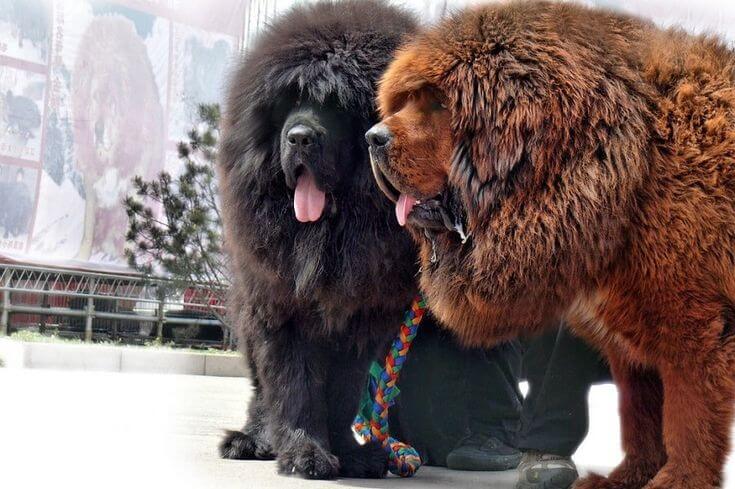
General Disposition
Tibetan Mastiffs are known for their calm yet vigilant nature. They are independent thinkers, which can sometimes be mistaken for stubbornness. Their strong-willed temperament requires experienced handling.
Guarding Instincts and Loyalty
Bred as guardians, these dogs have an innate protective instinct. They are exceptionally loyal to their family and territory, making them excellent watchdogs. However, this can also mean they are wary of strangers and other animals.
Socialization and Training Tips
Early socialization and consistent training are crucial for Tibetan Mastiffs. Positive reinforcement techniques work best to manage their independent nature. Introducing them to various environments, people, and other animals from a young age will help mitigate any overly protective tendencies.
Caring for a Tibetan Mastiff
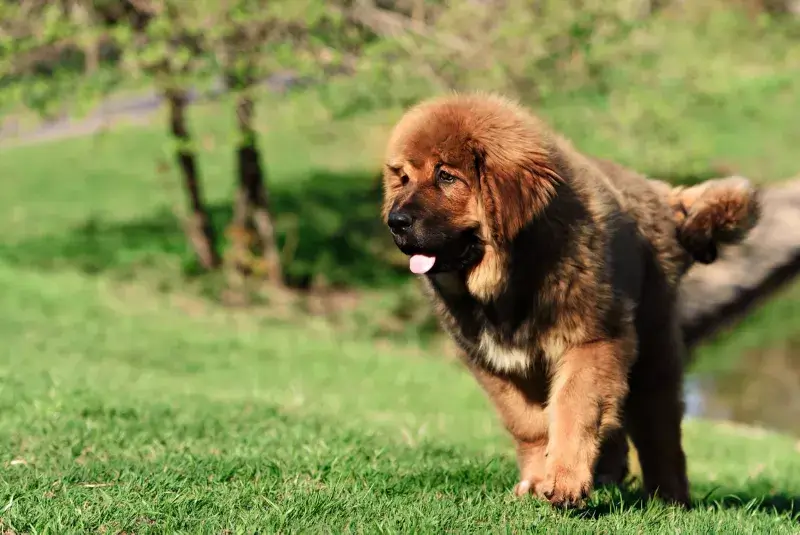
Dietary Needs and Feeding Guidelines
Tibetan Mastiffs require a high-quality, balanced diet to maintain their health and energy levels. It’s essential to monitor their weight and adjust food portions to prevent obesity.
Exercise Requirements
Despite their large size, Tibetan Mastiffs are moderately active indoors. However, they do need regular exercise to stay fit and healthy. Daily walks and playtime in a secure area are recommended.
Grooming and Maintenance
Their thick coat requires regular grooming to prevent matting and reduce shedding. Weekly brushing is usually sufficient, but during the shedding season, more frequent grooming may be necessary.
Tibetan Mastiff Puppies
What to Expect with a Tibetan Mastiff Puppy
Tibetan Mastiff puppies are adorable but grow rapidly into large dogs. Potential owners should be prepared for the significant size and strength these puppies will develop.
Early Training and Socialization
Starting training early is essential. Focus on basic commands and socializing the puppy with different environments and people to ensure they grow into well-adjusted adults.
Growth Stages and Development
Tibetan Mastiffs have a slow maturation process, often reaching full physical and mental maturity once they are 3-4 years old. This prolonged development period means they require patience and consistent training.
Adopting a Tibetan Mastiff
Where to Find Tibetan Mastiff Dogs for Adoption
Rescue organizations and breed-specific shelters are good places to find Tibetan Mastiffs for adoption. These dogs may also be available through general animal shelters and rescue groups.
Considerations Before Adoption
Potential adopters should consider the breed’s size, grooming needs, and guarding instincts. Ensure your living situation and lifestyle can accommodate a large, protective dog.
Adoption vs. Buying from Breeders
While adopting is a noble choice, purchasing from reputable breeders ensures you get a healthy puppy with a known lineage. It’s important to research and choose a breeder who prioritizes health and temperament.
Tibetan Mastiff Dog Price and Cost of Ownership
How Much is a Tibetan Mastiff?
The price of a Tibetan Mastiff can vary significantly based on factors such as lineage, location, and breeder reputation. Generally, they can cost anywhere from $1,500 to $7,000.
Factors Influencing the Price
Pedigree, show quality and breeder expertise can drive up the cost. Imported Tibetan Mastiffs or those with champion bloodlines are often more expensive.
Ongoing Costs of Care
Owners should be prepared for ongoing expenses, including food, grooming, medical care, and training. These costs can add up, so it’s important to budget accordingly.
Tibetan Mastiff vs. Siberian Mastiff: A Comparative Guide
Key Differences in Size and Appearance
While both breeds are large, Tibetan Mastiffs tend to be more robust and have thicker coats. Siberian Mastiffs, or Siberian Huskies, are generally leaner and more athletic.
Temperament and Behavior Comparison
Tibetan Mastiffs are more independent and protective, whereas Siberian Mastiffs are often more friendly and energetic. Both require experienced owners who understand their unique needs.
Suitability for Different Owners
Tibetan Mastiffs are suited for owners who want a protective, loyal companion and have the space for such a large dog. Siberian Mastiffs are better for active owners who enjoy outdoor activities.
The Tibetan Mastiff in Popular Culture
Tibetan Mastiffs in Media and Literature
Tibetan Mastiffs have been featured in various media, from books to movies, often highlighting their majestic and imposing nature. They are symbols of strength and loyalty.
Notable Tibetan Mastiffs and Their Stories
There have been several famous Tibetan Mastiffs, including the legendary “Big Splash,” which reportedly sold for $1.5 million, making headlines as one of the world’s most expensive dogs.
Conclusion
Is a Tibetan Mastiff Right for You?
Owning a Tibetan Mastiff is a significant commitment. They require ample space, consistent training, and a dedicated owner. If you’re looking for a loyal, protective, and majestic companion, the Tibetan Mastiff could be the perfect dog for you.
Final Thoughts on Owning a Tibetan Mastiff
Tibetan Mastiffs are not just pets; they are lifelong guardians and companions. Their unique blend of independence, loyalty, and protectiveness makes them a remarkable breed, but they are best suited for owners who understand and appreciate their distinct characteristics.
- Golden Retriever Pros and Cons: What Every Pet Parent Should Know - 15 September 2025
- Cane Corso Dog Breed: Health, Care, and Lifespan - 14 September 2025
- Catahoula Leopard Dogs: Description, Temperament, Lifespan, & Facts - 21 July 2025


